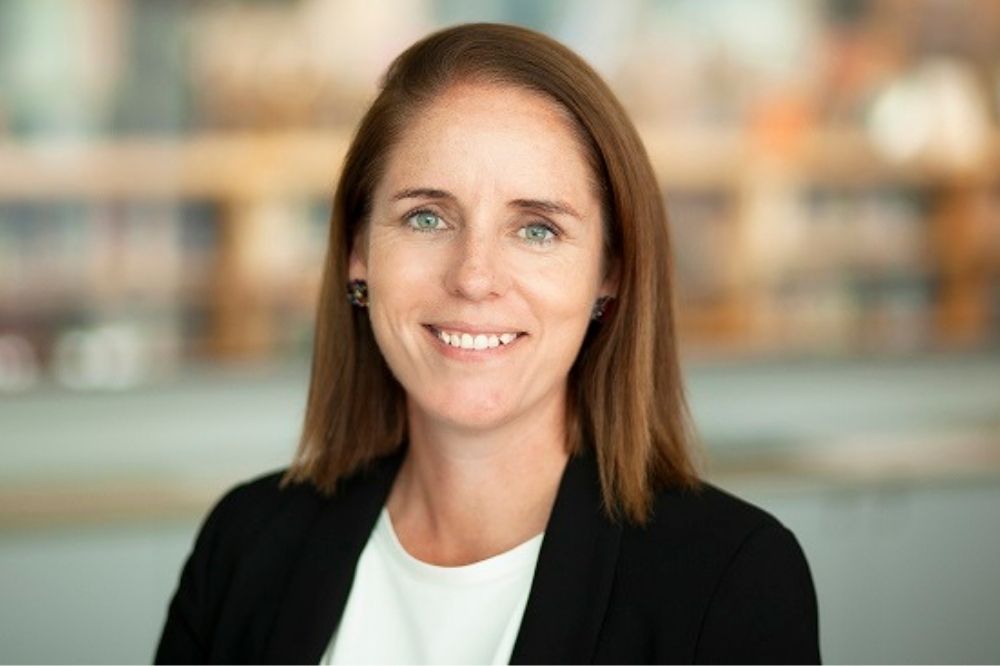
After an extended period of remote and hybrid learning, students may be struggling with the intensity of balancing the commitments of schoolwork with co-curricular activities, adjusting to the social codes of face-to-face vs online social interactions, or experiencing challenges around disrupted learning dispositions.
The return to in-person learning during further unprecedented uncertainty continues to challenge students – particularly those in the pre-teen and teenage years - as they adjust to ‘normal’.
Amber Sowden, Dean of Students at Strathcona Girls Grammar says schools, parents and teachers need to be realistic about how emotionally, socially and academically match-fit young people are, following two years of lockdowns.
Below, The Educator speaks to Sowden about how schools can support their students as they re-adjust to a busy, full life.
TE: How can principals encourage students to widen their focus?
A: The nature of the pandemic and subsequent restrictions required students to hunker down, follow directives and rules, and live, through no fault of their own, a very insular life. This is the very antithesis of childhood and adolescence. Students need explicit and simple reminders to ‘look up and look out’ so that they can re-engage with their worlds again. For schools, finding the balance between the perceived losses and how they can be made up is imperative. Many students still have lingering feelings of loss that cause anxiety in various ways and prevent them from widening their focus. Some students are worried about the academic loses due to extended periods at home and many students are finding the social implications of being back at school challenging. The key for schools I think, is to realign student expectations, acknowledge their challenges but also consistently highlight and provide opportunity for future aspiration, both short and long term. This will help students to widen their focus and have hope. Hope is one of the most important and protective factors for mental health and wellbeing.
TE: What are some tell-tale signs that students are experiencing anxiety during uncertainty and can you share any practical strategies teachers can use to support them?
A: There are several key anxiety indicators, which are tell-tale signs that students may be experiencing distress during uncertainty. These indicators include withdrawing from family and friends, avoidance of school or social events, poor sleep, lack of motivation, catastrophising, or poor academic achievement. Teachers are likely to notice some of these things straight away. Often all a student needs is a chance to talk through their concerns and feel heard. Teachers can provide practical strategies, and reassurance, and encourage the student to speak with their family. Teachers can also re-adjust some work expectations or make a referral to pastoral support within the school as required.
TE: You say school wellbeing programs need to go back to basics. Why is this, and what would this look like in practical terms?
A: Already many students are finding the intensity of being back to ‘normal’ very tiring. School classes and co-curricular activities are basically back uninterrupted for the first time in two years and many students are finding this exhausting. Parents and teachers need to be realistic about how match fit our young people are following two years of lockdowns. Students across the board need help to intentionally manage their weekly commitments as they readjust to a busy and full life. By doing this, students can approach everything, including their reassimilation back into social groups, calmly at their own pace, which will result in more positive interactions. Students would also benefit enormously from spending a short amount of time each week discussing their week ahead with a teacher or parent. This gives students a chance to express any concerns or worries and strategise around them with the necessary support. Teachers are generally able to provide a good view of the week, or weeks ahead, for their classes, so if a student has looked at their schedule ahead of time, they can proactively flag any concerns with their teachers or pastoral support.
TE: Can you share some tips for teachers who want to help students move away from digital and back to more to face-to-face social interactions?
Strathcona Girls Grammar’s teaching and learning focus has been on setting the students up for success in the face-to-face classroom environment. Many classroom behaviours and learning dispositions have been interrupted due to so much time at home. Teachers should work on consolidating key learning structures that will help students gain confidence in the classroom once again. Out of necessity the learning experience has been very prescriptive with a narrowed focus, so teachers should look to create opportunities for students to own their learning again. Teachers should also look to prioritise connection now that students are back at school. Strathcona’s Wellbeing program in Term 1 has been dedicated to activities that allow for students to work together on both structured and unstructured projects and activities to support social connection. Feedback from our Student Executive Team has informed much of our approach in this area, and this feedback highlighted the need for cross age activities to really help bring the whole school community back together, not just year levels.


